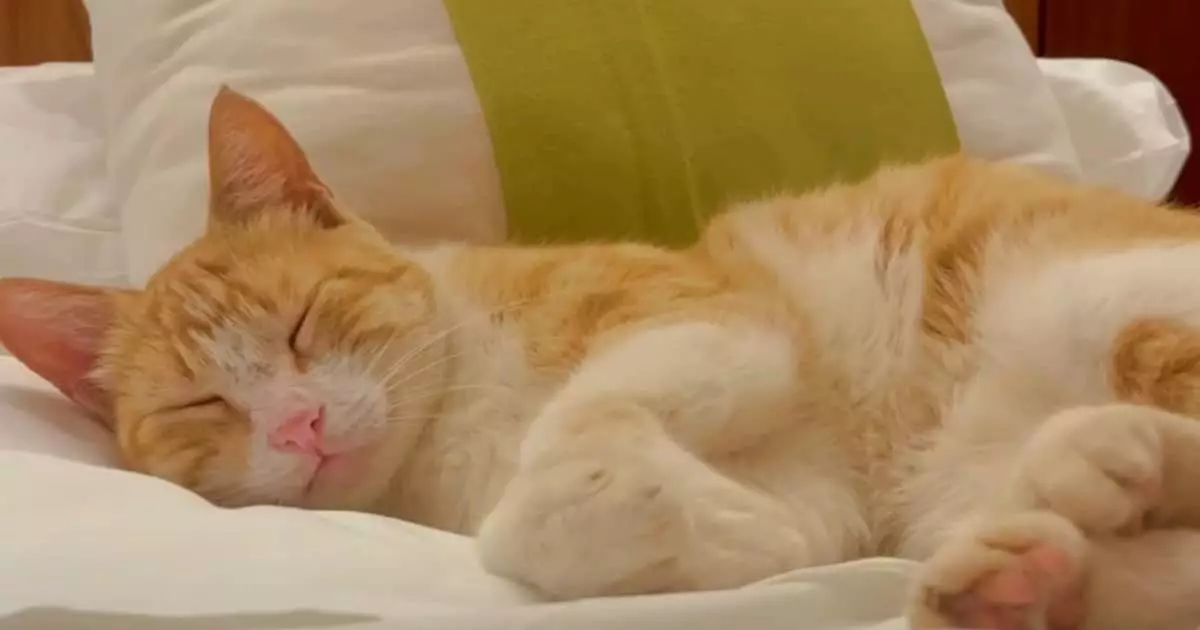When it comes to relaxation, cats exhibit a level of prowess that seems almost enviable. These creatures possess an innate talent for discovering the most inviting napping spots, turning everything from a plush sofa cushion to a sun-warmed windowsill into their personal sanctuaries. Their selection process is meticulous; soft textures, warmth, and seclusion play pivotal roles in their decision-making. This instinctual pursuit of comfort reflects not only their practical awareness of their immediate environment but also their deep-seated need for security while resting. Whether they choose a conspicuously small box or a well-loved blanket as their refuge, cats showcase a unique ability to craft an idyllic space for relaxation.
Flexibility: Napping Anytime, Anywhere
Unlike many creatures that adhere to defined napping schedules, cats thrive on spontaneity. Their unique biological rhythms encourage impromptu bouts of slumber that can occur at any moment. Whether you’re having a heated telephone conversation, typing an important report, or even preparing dinner, your feline companion demonstrates a complete lack of concern for the time or place. This carefree attitude toward rest allows them to seize opportunities for rejuvenation whenever the need arises. Such freedom indicates not only flexibility but also a strong understanding of their own energy levels and the importance of maintaining them throughout the day.
Sweet Positions: The Science of Cat Napping
Have you noticed how cats often curl up into tightly wound balls when they sleep? This instinctive posture is as strategic as it is adorable. By curling into a compact form, they conserve body heat and feel a sense of safety, mimicking designed strategies from their wild ancestors. Furthermore, these intricate sleeping positions are not merely cute; they also serve to highlight their needs for comfort and security while they rest. Additional to this, the stretching routines cats indulge in before and after their naps speaks volumes about their appreciation for wellness and relaxation. These stretches are akin to yoga for them, effectively awakening both mind and body in preparation for their next playful adventure.
The gentle melody of a cat’s purr resonates with tranquility, not just for the observer but also for the feline itself. While we often interpret this sound as a sign of contentment, it serves a larger purpose—acting as a form of communication during their most vulnerable moments. As they drift into dreamland, accompanied by rhythmic sounds, they reflect a level of safety and peace in their environment. There’s fascinating research suggesting that cats enter REM sleep, enabling them to experience dreams that may involve playful chases or encounters with other animals. This capacity for dreaming reiterates the depth of their napping experience.
In an age where distractions permeate every aspect of life, the feline’s ability to block out external stimuli during nap time is remarkable. Whether it’s the clattering of dishes, loud conversations, or sudden noises, cats maintain an impressive focus on resting that can inspire anyone. This concentration on relaxation not only emphasizes their dedication to well-being but also serves as a reminder to us—sometimes, we need to prioritize our moments of calm above all else.
A Vulnerable Display of Trust
A cat sprawled out on its back, exposing its soft belly, showcases an unconditional trust in its surroundings. When a feline is willing to sleep in such a vulnerable position, it’s a clear indication that it feels wholly secure in its environment. This gesture transcends merely finding comfort; it signifies a harmonious relationship between the cat and its home. Such trust is emblematic of the deep bond shared between cats and their human companions, ultimately reflecting a shared sanctuary for relaxation.
Cats are determined advocates for sufficient sleep, averaging about 12 to 16 hours daily. This commitment underscores the understanding that rest is not merely a necessity but rather an integral aspect of a fulfilled existence. Their skilled napping behaviors fight stress while enhancing their overall well-being. Observing a cat at rest can prompt us to reconsider our own habits regarding rest and self-care.
A cat’s napping prowess is a multifaceted phenomenon encompassing comfort, spontaneity, trust, and efficiency. Their skillful approach to rest serves as an invitation for us to embrace the value of relaxation. With mayhem surrounding our daily lives, we can learn much from our feline friends—after all, achieving a state of relaxation is an art worth mastering.

